Home>Furniture & Design>Living Room Furniture>How Far In Should Dining Table Legs Be
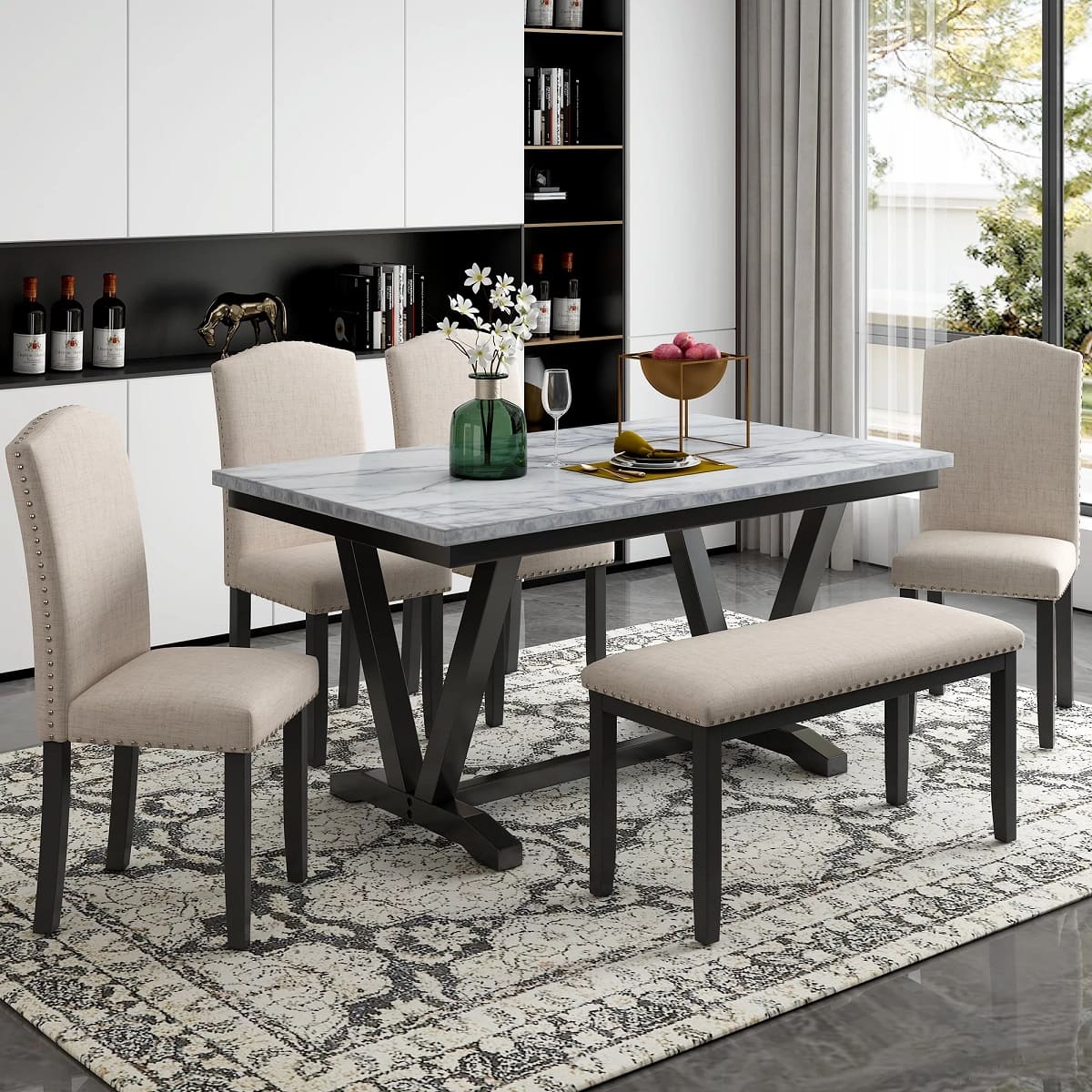

Living Room Furniture
How Far In Should Dining Table Legs Be
Modified: January 6, 2024
Ensure stability and aesthetics for your living room furniture with the optimal positioning of dining table legs. Discover expert tips for a functional and stylish design.
(Many of the links in this article redirect to a specific reviewed product. Your purchase of these products through affiliate links helps to generate commission for Storables.com, at no extra cost. Learn more)
Introduction
When it comes to setting up a dining area, every detail matters. From the choice of table shape and material to the design of the chairs, every element contributes to the overall ambiance and functionality of the space. One crucial aspect that often sparks debate among homeowners and interior designers is the positioning of dining table legs. How far in should dining table legs be placed? This question is not merely about aesthetics; it also affects the comfort and convenience of those using the table.
In this comprehensive guide, we will explore the various factors to consider when determining the ideal positioning of dining table legs. We will delve into standard measurements, aesthetic considerations, and practical aspects that can influence this decision. Whether you are revamping your dining area or selecting a new table, understanding the nuances of dining table leg placement will empower you to make informed and stylish choices that elevate your living space. Let's embark on this journey to unravel the mysteries of dining table leg positioning.
Key Takeaways:
- Consider table shape, seating arrangement, room size, design style, and user comfort when placing dining table legs for a balanced and functional dining area.
- Aim for a harmonious balance between practical functionality and visual appeal by adapting standard measurements and considering aesthetic and practical factors in dining table leg placement.
Read more: How Tall Are Dining Table Legs
Factors to Consider
When deliberating on the placement of dining table legs, several factors come into play, each contributing to the overall functionality and visual appeal of the dining area. Understanding these factors is vital in ensuring that the chosen placement aligns with both practical and aesthetic considerations.
- Table Shape: The shape of the dining table significantly influences the positioning of its legs. For instance, a rectangular table may require the legs to be set further in from the corners to accommodate seating, while a round table might necessitate a more centralized leg placement to ensure stability and ample legroom for diners.
- Seating Arrangement: The number of seats and the type of seating (chairs, benches, or a combination) will impact the positioning of the table legs. Ensuring that the legs do not obstruct the placement of chairs or benches is essential for a comfortable dining experience.
- Room Size and Layout: The dimensions of the dining area and its layout play a pivotal role in determining the ideal placement of the table legs. In smaller spaces, the legs may need to be positioned closer to the corners to maximize seating capacity, while in larger rooms, a more centralized leg placement might be suitable for balance and visual harmony.
- Design Style: The overall design aesthetic of the dining table and the room as a whole should be considered. Modern, minimalist tables may feature sleek, inset legs for a streamlined look, while traditional tables might have more ornate, visible legs that contribute to the room’s visual appeal.
- User Comfort: Ultimately, the comfort of those using the dining table is paramount. The positioning of the legs should allow ample space for diners to sit comfortably without feeling cramped or restricted by the placement of the table’s support structure.
By taking these factors into account, homeowners and designers can make informed decisions regarding the placement of dining table legs, ensuring that the chosen positioning aligns with both practical needs and the desired aesthetic for the space.
Standard Measurements
While there is no one-size-fits-all answer to the question of how far in dining table legs should be placed, understanding standard measurements can provide valuable guidance in making this decision. These measurements serve as a baseline, offering insights into commonly accepted practices while allowing for flexibility based on specific needs and preferences.
For rectangular tables, a typical guideline is to position the legs approximately 12-18 inches from the corners. This spacing allows for comfortable seating at the table’s edges while maintaining stability and support. However, this distance can be adjusted based on the specific dimensions of the table and the desired seating arrangement.
Round tables often feature a central pedestal or leg structure, eliminating the need to consider corner placements. The key consideration here is to ensure that the central leg does not obstruct legroom for diners and allows for the placement of chairs without interference.
When it comes to the distance between paired legs on longer tables, a spacing of 24-30 inches is commonly recommended. This range provides ample support for the table’s length while accommodating seating arrangements and ensuring stability.
It’s important to note that these standard measurements are not rigid rules but rather general guidelines. Factors such as the specific dimensions of the table, the design of the legs, and the intended use of the table will all influence the optimal placement of the legs. Additionally, personal preferences and the overall design aesthetic of the dining area should also be taken into consideration when determining the ideal positioning of dining table legs.
By being mindful of these standard measurements and adapting them to suit individual needs and stylistic preferences, homeowners and designers can achieve a harmonious balance between practical functionality and visual appeal in the placement of dining table legs.
Dining table legs should be inset 2-3 inches from the table’s edge to provide stability and legroom for diners. This allows for comfortable seating and prevents the table from tipping.
Aesthetic Considerations
When contemplating the placement of dining table legs, it’s essential to consider the aesthetic impact of this decision on the overall visual harmony of the dining area. The positioning of the legs can significantly influence the table’s appearance and its integration into the room’s design scheme.
One key aesthetic consideration is the visibility of the table legs. Some tables feature inset or tapered legs that create a sleek and minimalist look, while others may have more prominent, decorative legs that serve as focal points in the room. Understanding the desired visual impact of the table legs will guide the placement decision, ensuring that the legs contribute to the overall aesthetic rather than detracting from it.
Additionally, the placement of the legs can affect the perceived balance and proportion of the table. For example, a table with legs positioned too close to the corners may appear visually top-heavy, while a more centralized leg placement can create a sense of stability and symmetry. By aligning the leg placement with the desired visual balance, homeowners and designers can enhance the overall aesthetic appeal of the dining area.
The material and design of the table legs also play a significant role in aesthetic considerations. For instance, metal legs may impart a modern and industrial vibe, while wooden legs can contribute to a warmer, traditional aesthetic. The placement of these different leg types should complement the overall design theme of the room, creating a cohesive and visually appealing dining space.
Furthermore, the interplay between the table legs and the surrounding chairs or seating elements should be taken into account. Ensuring that the leg placement allows for a harmonious relationship with the chairs, benches, or other seating options will contribute to a cohesive and inviting dining area.
By carefully considering these aesthetic factors, homeowners and designers can make informed decisions regarding the placement of dining table legs, ensuring that the chosen positioning enhances the visual appeal and overall design cohesiveness of the dining space.
Practical Considerations
While the aesthetic impact of dining table leg placement is significant, practical considerations also play a crucial role in determining the optimal positioning of the legs. Ensuring that the table is not only visually appealing but also functional and convenient for everyday use is essential for creating a harmonious dining space.
One practical consideration is the ease of seating. Placing the table legs too close to the corners can limit the space available for diners to comfortably slide their chairs in and out. This can lead to a feeling of confinement and hinder the overall dining experience. By positioning the legs slightly inward from the corners, ample legroom and ease of seating can be achieved.
Stability and support are also vital practical considerations. The placement of the legs should provide sufficient support for the table, especially in the case of longer or wider tables. Ensuring that the legs are positioned to distribute the weight of the table evenly is essential for preventing wobbling or instability during use.
Another practical aspect to consider is the ease of cleaning and maintenance. Placing the legs in a way that allows for easy access to the floor beneath the table facilitates cleaning and maintenance tasks. This consideration is particularly important for households with young children or pets, where spills and messes are more likely to occur.
Furthermore, the practicality of the leg placement extends to the overall flow and functionality of the dining area. Ensuring that the positioning of the legs does not obstruct the natural movement within the space and allows for the seamless integration of additional furniture or décor elements contributes to a well-designed and practical dining environment.
By taking these practical considerations into account, homeowners and designers can ensure that the placement of dining table legs aligns with the functional needs of the space, promoting ease of use, stability, and maintenance while enhancing the overall dining experience.
Read more: How To Remove Legs From A Dining Table
Conclusion
As we conclude our exploration of the positioning of dining table legs, it becomes evident that this seemingly small detail holds significant sway over both the functionality and aesthetic appeal of the dining area. By considering a range of factors, from table shape and room size to practical usability and design harmony, homeowners and designers can make informed decisions that elevate the dining space.
Understanding standard measurements provides a valuable starting point, offering a framework within which to tailor the leg placement to specific needs and preferences. By adapting these measurements and guidelines to suit individual requirements, a harmonious balance between practical functionality and visual appeal can be achieved.
Aesthetic considerations play a pivotal role in determining the leg placement, influencing the overall visual harmony and design coherence of the dining area. The interplay between the table legs, the surrounding seating, and the room’s design theme contributes to a cohesive and inviting space for dining and gathering.
Practical considerations further underscore the importance of thoughtful leg placement, ensuring that the table not only looks appealing but also functions seamlessly in everyday use. From ease of seating and stability to maintenance and flow within the space, these practical aspects shape the overall dining experience.
Ultimately, the positioning of dining table legs is a nuanced decision that blends artistic sensibility with practical functionality. By carefully weighing these considerations and tailoring the leg placement to suit specific needs and design preferences, homeowners and designers can create a dining area that is both visually captivating and effortlessly functional, fostering memorable moments and shared experiences around the table.
As you embark on your journey to curate the perfect dining space, may this guide serve as a compass, guiding you toward thoughtful and purposeful decisions in the placement of dining table legs.
Frequently Asked Questions about How Far In Should Dining Table Legs Be
Was this page helpful?
At Storables.com, we guarantee accurate and reliable information. Our content, validated by Expert Board Contributors, is crafted following stringent Editorial Policies. We're committed to providing you with well-researched, expert-backed insights for all your informational needs.

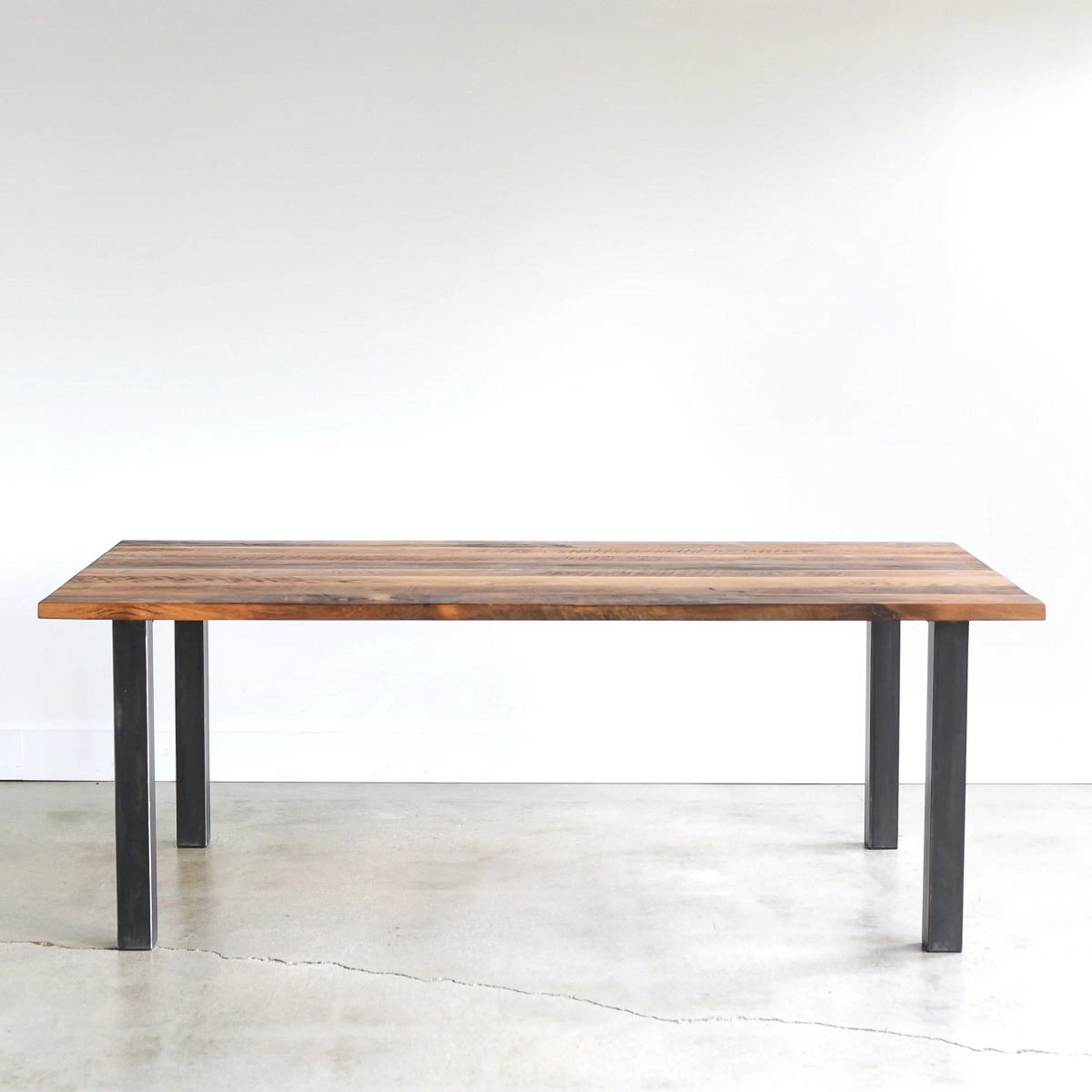
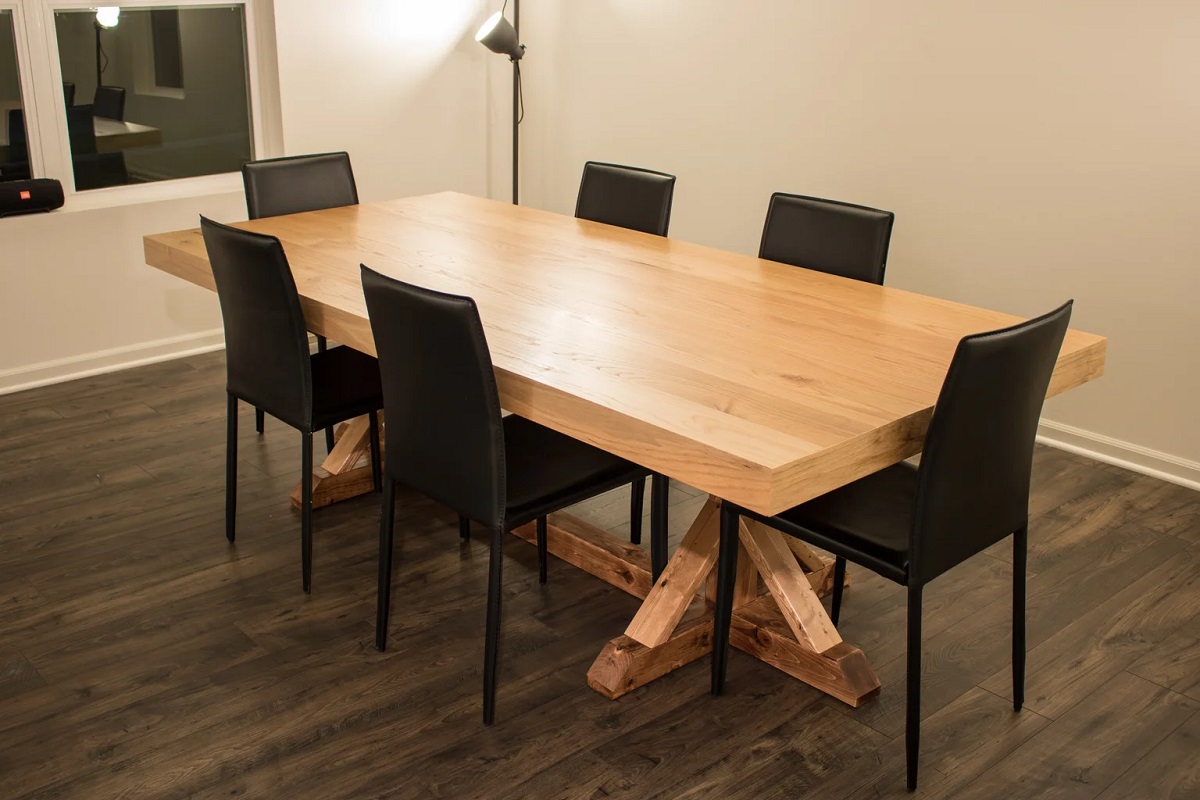




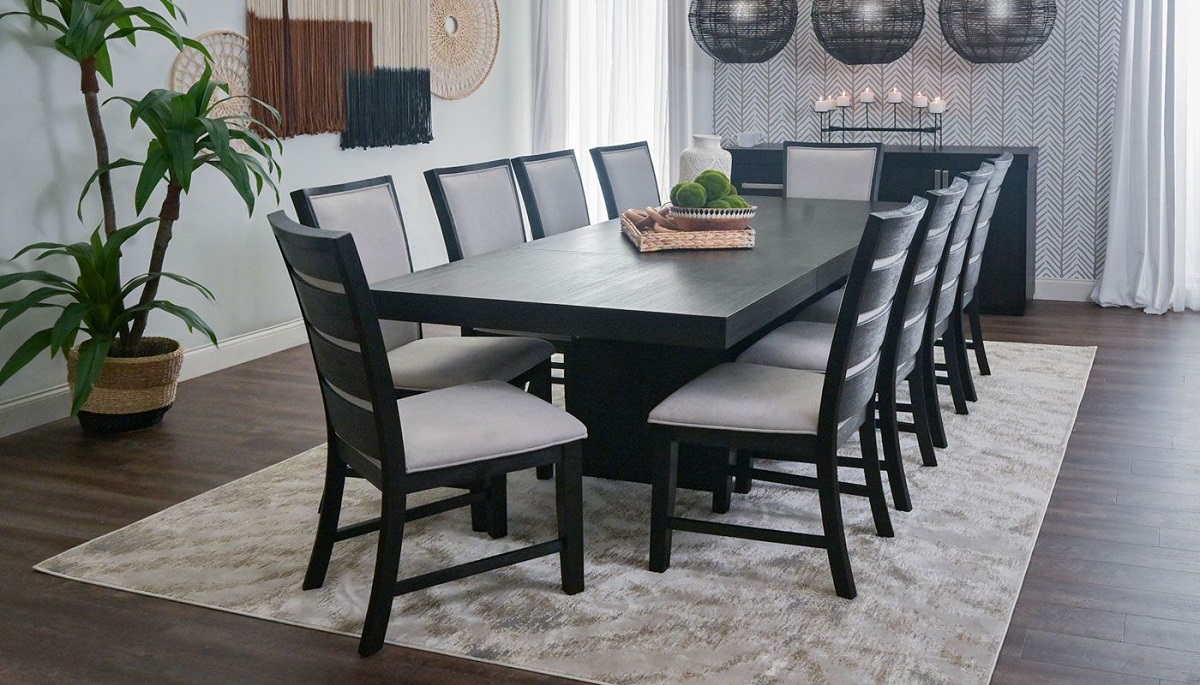
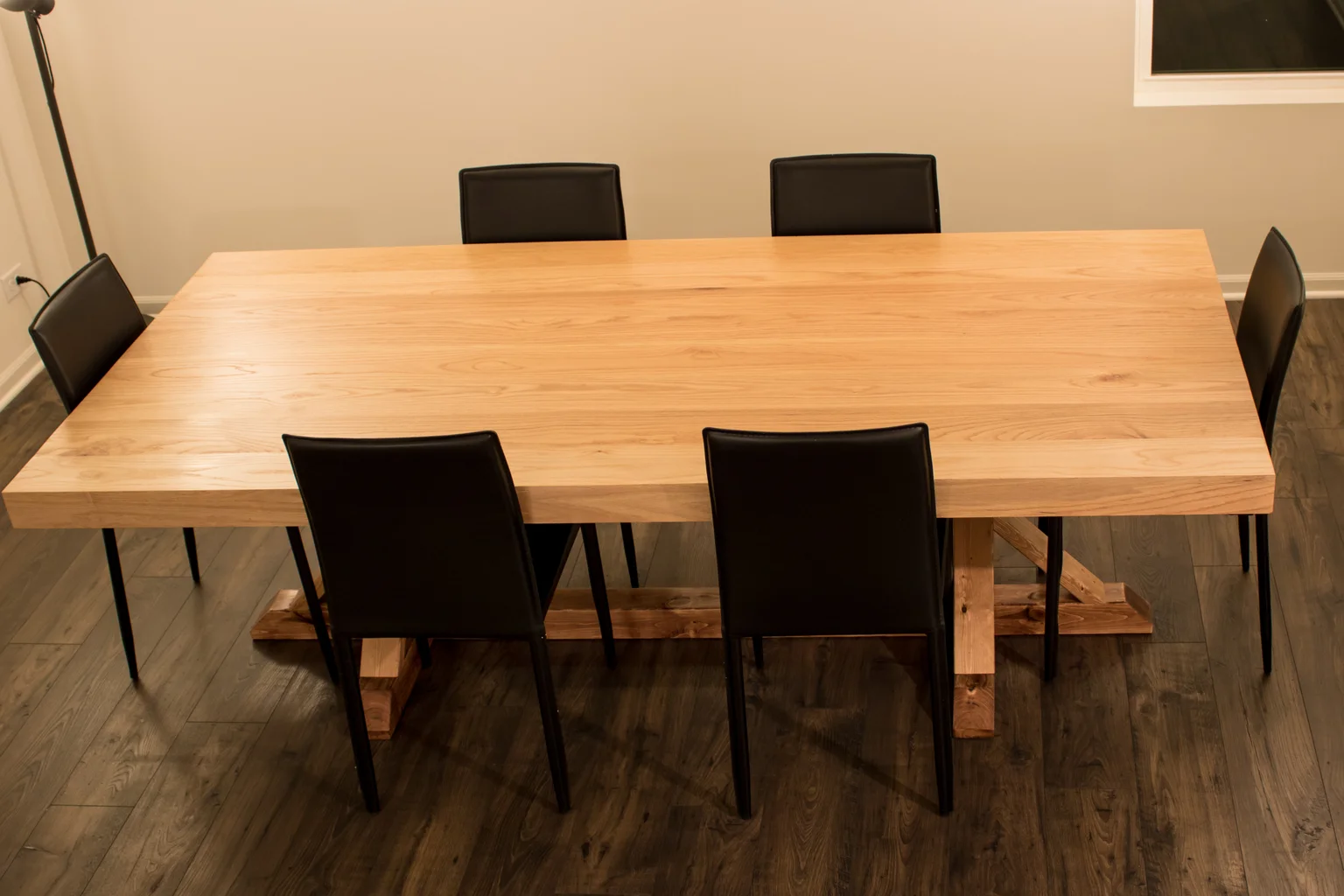

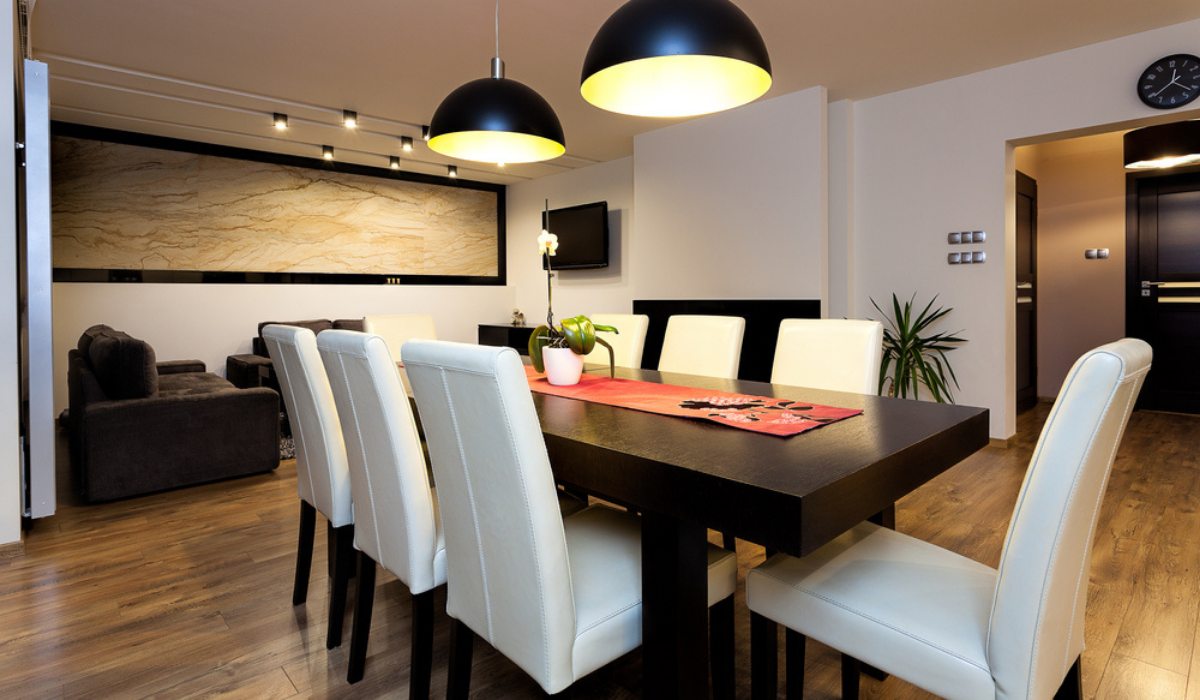

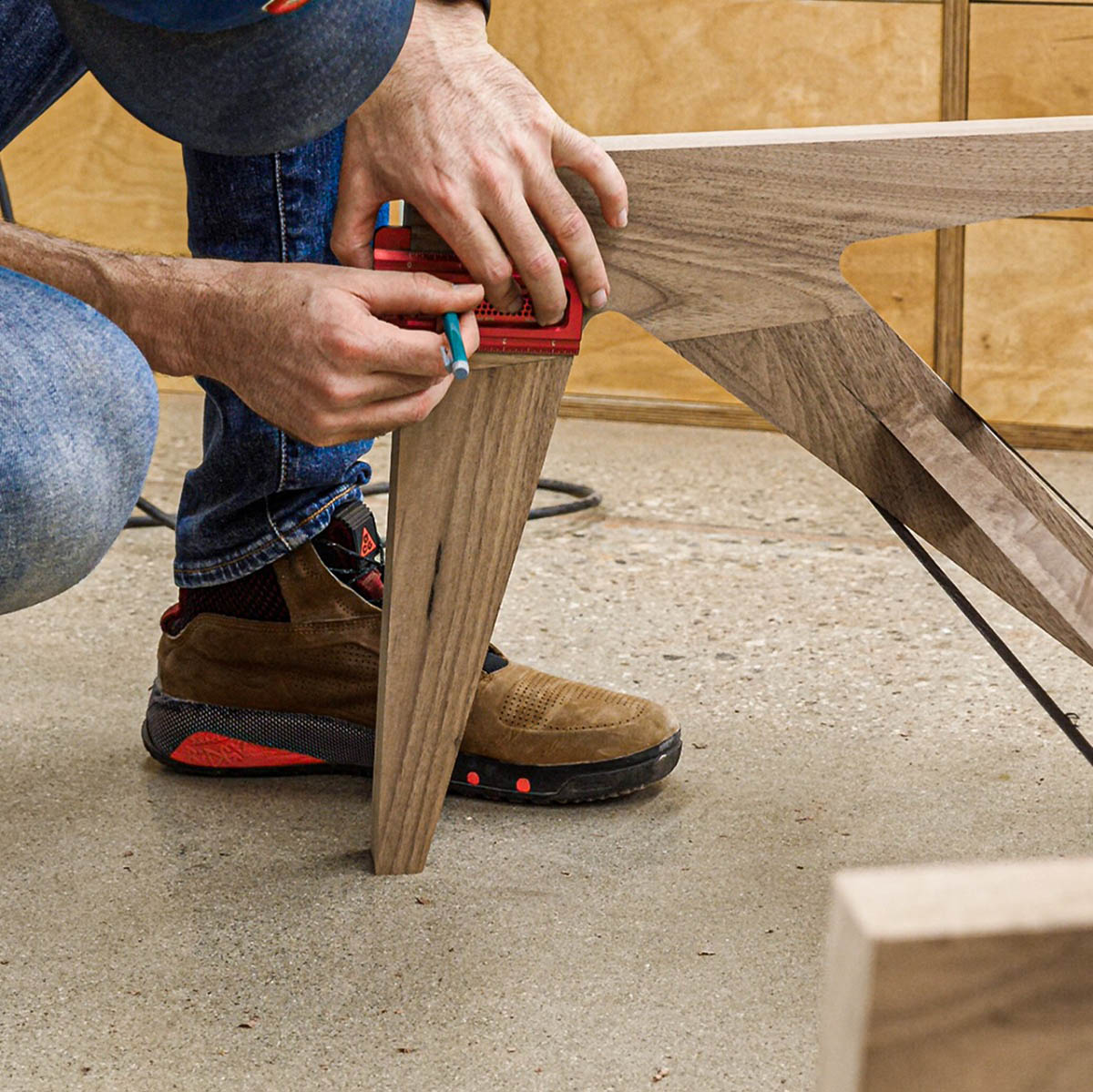
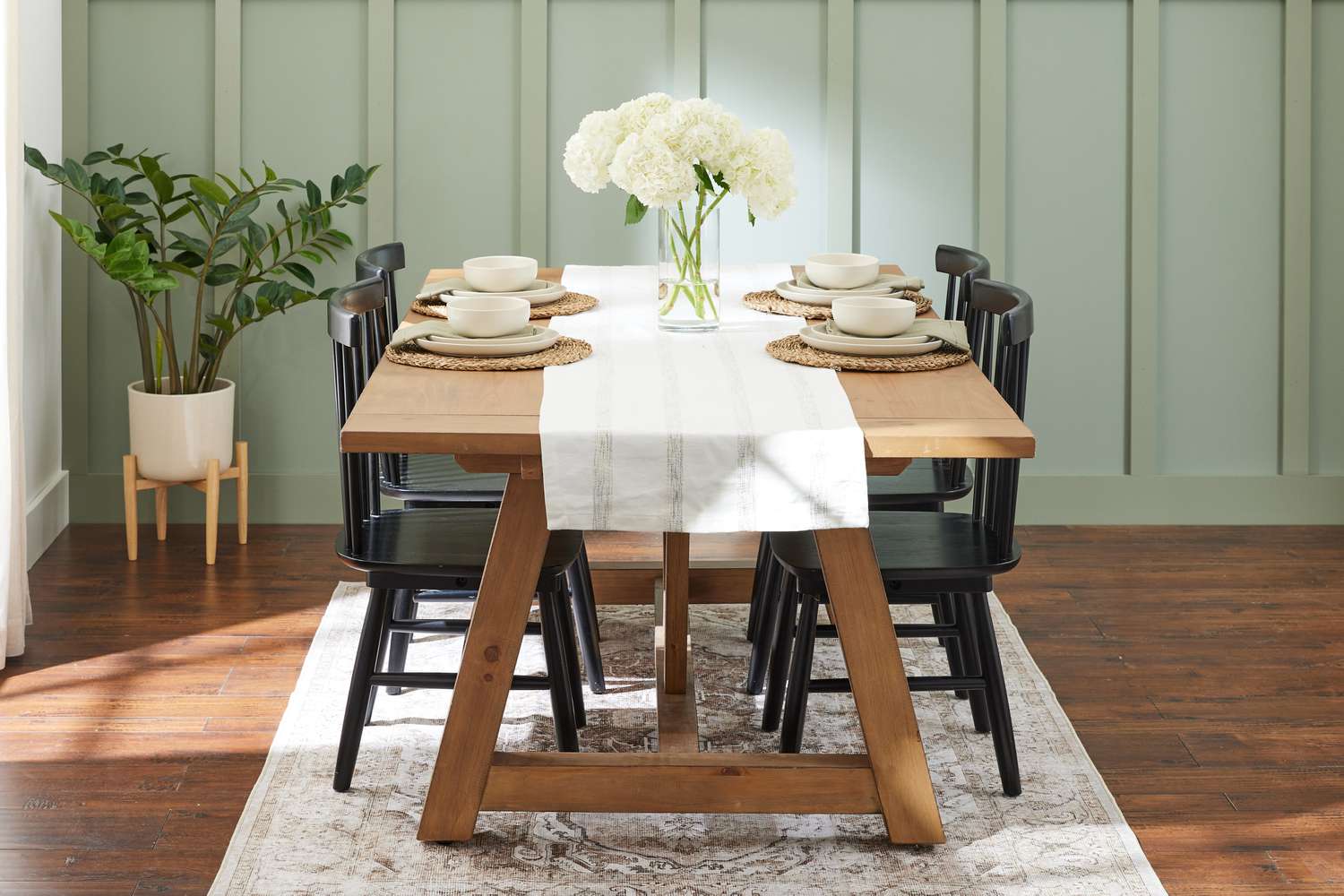

0 thoughts on “How Far In Should Dining Table Legs Be”